In the 12th century, the Prince of Gwynedd finds his son& #39;s cradle upended, his faithful hound drenched in blood.
Slaying the dog, a cry rings out – his baby is alive, hidden by the body of a fallen wolf.
Llywelyn Fawr is overcome with remorse.
He never smiles again.
THREAD https://abs.twimg.com/emoji/v2/... draggable="false" alt="👇" title="Rückhand Zeigefinger nach unten" aria-label="Emoji: Rückhand Zeigefinger nach unten">
https://abs.twimg.com/emoji/v2/... draggable="false" alt="👇" title="Rückhand Zeigefinger nach unten" aria-label="Emoji: Rückhand Zeigefinger nach unten">
Slaying the dog, a cry rings out – his baby is alive, hidden by the body of a fallen wolf.
Llywelyn Fawr is overcome with remorse.
He never smiles again.
THREAD
The Gwynedd village of Beddgelert ("Gelert& #39;s Grave") is, according to folklore, named after the tragic canine hero in a chapter from the tales of Wales& #39; great lost monarchies.
An evocative memorial to the legendary dog adorns the valley floor, visited by thousands every year.
An evocative memorial to the legendary dog adorns the valley floor, visited by thousands every year.
However, variants of the tale appears in numerous cultures:
 https://abs.twimg.com/emoji/v2/... draggable="false" alt="🇮🇳" title="Flagge von Indien" aria-label="Emoji: Flagge von Indien"> India:
https://abs.twimg.com/emoji/v2/... draggable="false" alt="🇮🇳" title="Flagge von Indien" aria-label="Emoji: Flagge von Indien"> India:
• Gelert = Mongoose
• Wolf = Cobra
 https://abs.twimg.com/emoji/v2/... draggable="false" alt="🇮🇹" title="Flagge von Italien" aria-label="Emoji: Flagge von Italien"> Liguria:
https://abs.twimg.com/emoji/v2/... draggable="false" alt="🇮🇹" title="Flagge von Italien" aria-label="Emoji: Flagge von Italien"> Liguria:
• Llywelyn = Shepherd
• Gelert = Sheepdog
 https://abs.twimg.com/emoji/v2/... draggable="false" alt="🇲🇾" title="Flagge von Malaysia" aria-label="Emoji: Flagge von Malaysia"> Malaysia:
https://abs.twimg.com/emoji/v2/... draggable="false" alt="🇲🇾" title="Flagge von Malaysia" aria-label="Emoji: Flagge von Malaysia"> Malaysia:
• Gelert = Bear
• Wolf = Tiger
 https://abs.twimg.com/emoji/v2/... draggable="false" alt="🇫🇷" title="Flagge von Frankreich" aria-label="Emoji: Flagge von Frankreich"> Lyon:
https://abs.twimg.com/emoji/v2/... draggable="false" alt="🇫🇷" title="Flagge von Frankreich" aria-label="Emoji: Flagge von Frankreich"> Lyon:
• Gelert = Saint Guinefort
• Wolf = Viper
• Gelert = Mongoose
• Wolf = Cobra
• Llywelyn = Shepherd
• Gelert = Sheepdog
• Gelert = Bear
• Wolf = Tiger
• Gelert = Saint Guinefort
• Wolf = Viper
The earliest recorded Welsh version of the Gelert legend, written in the late 15th century, states that Llywelyn Fawr& #39;s favourite hound died of exhaustion after a long and arduous hunt, and was duly buried in the Beddgelert area.
In reality, the current "tomb" was a late 1700s marketing ploy by the proprietor of the nearby Goat Hotel, who attached the legend to the grave site to encourage tourism.
It& #39;s now accepted that Beddgelert took its name from a 7th century saint, rather than the dog.
It& #39;s now accepted that Beddgelert took its name from a 7th century saint, rather than the dog.
Saint Celer was a hermit. He lived in a cave near Ffynnon Geler (the Holy Well of St Celer), Plasgeler.
The well was renowned for its healing properties, and was said to be visited by "such a concourse of people that no fair in Wales can equal it in multitude."
The well was renowned for its healing properties, and was said to be visited by "such a concourse of people that no fair in Wales can equal it in multitude."
But the truth will never be as romantic or live as long in the memory as the fable of Wales& #39; most revered hound, who was faithful unto death.
More https://abs.twimg.com/emoji/v2/... draggable="false" alt="👉" title="Rückhand Zeigefinger nach rechts" aria-label="Emoji: Rückhand Zeigefinger nach rechts">
https://abs.twimg.com/emoji/v2/... draggable="false" alt="👉" title="Rückhand Zeigefinger nach rechts" aria-label="Emoji: Rückhand Zeigefinger nach rechts">
 https://abs.twimg.com/emoji/v2/... draggable="false" alt="🐕" title="Hund" aria-label="Emoji: Hund"> https://www.bbc.co.uk/blogs/wales/entries/e6f11332-ae6f-3364-96a4-1af14401369b
https://abs.twimg.com/emoji/v2/... draggable="false" alt="🐕" title="Hund" aria-label="Emoji: Hund"> https://www.bbc.co.uk/blogs/wales/entries/e6f11332-ae6f-3364-96a4-1af14401369b
https://www.bbc.co.uk/blogs/wal... class="Emoji" style="height:16px;" src=" https://abs.twimg.com/emoji/v2/... draggable="false" alt="👶" title="Baby" aria-label="Emoji: Baby"> http://myths.e2bn.org/mythsandlegends/origins760-the-story-of-gelert.html">https://myths.e2bn.org/mythsandl...
 https://abs.twimg.com/emoji/v2/... draggable="false" alt="🐺" title="Wolfsgesicht" aria-label="Emoji: Wolfsgesicht"> https://www.nationaltrust.org.uk/craflwyn-and-beddgelert/features/gelert-the-faithful-hound">https://www.nationaltrust.org.uk/craflwyn-...
https://abs.twimg.com/emoji/v2/... draggable="false" alt="🐺" title="Wolfsgesicht" aria-label="Emoji: Wolfsgesicht"> https://www.nationaltrust.org.uk/craflwyn-and-beddgelert/features/gelert-the-faithful-hound">https://www.nationaltrust.org.uk/craflwyn-...
More
The story of Gelert is just one of a growing collection of tweets on the many mysteries, legends, secrets and treasures of Wales.
In other words, there’s more where that thread came from!
Please share the ones you love the most https://abs.twimg.com/emoji/v2/... draggable="false" alt="👉" title="Rückhand Zeigefinger nach rechts" aria-label="Emoji: Rückhand Zeigefinger nach rechts"> http://bit.ly/SecretsOfWales ">https://bit.ly/SecretsOf...
https://abs.twimg.com/emoji/v2/... draggable="false" alt="👉" title="Rückhand Zeigefinger nach rechts" aria-label="Emoji: Rückhand Zeigefinger nach rechts"> http://bit.ly/SecretsOfWales ">https://bit.ly/SecretsOf...
In other words, there’s more where that thread came from!
Please share the ones you love the most

 Read on Twitter
Read on Twitter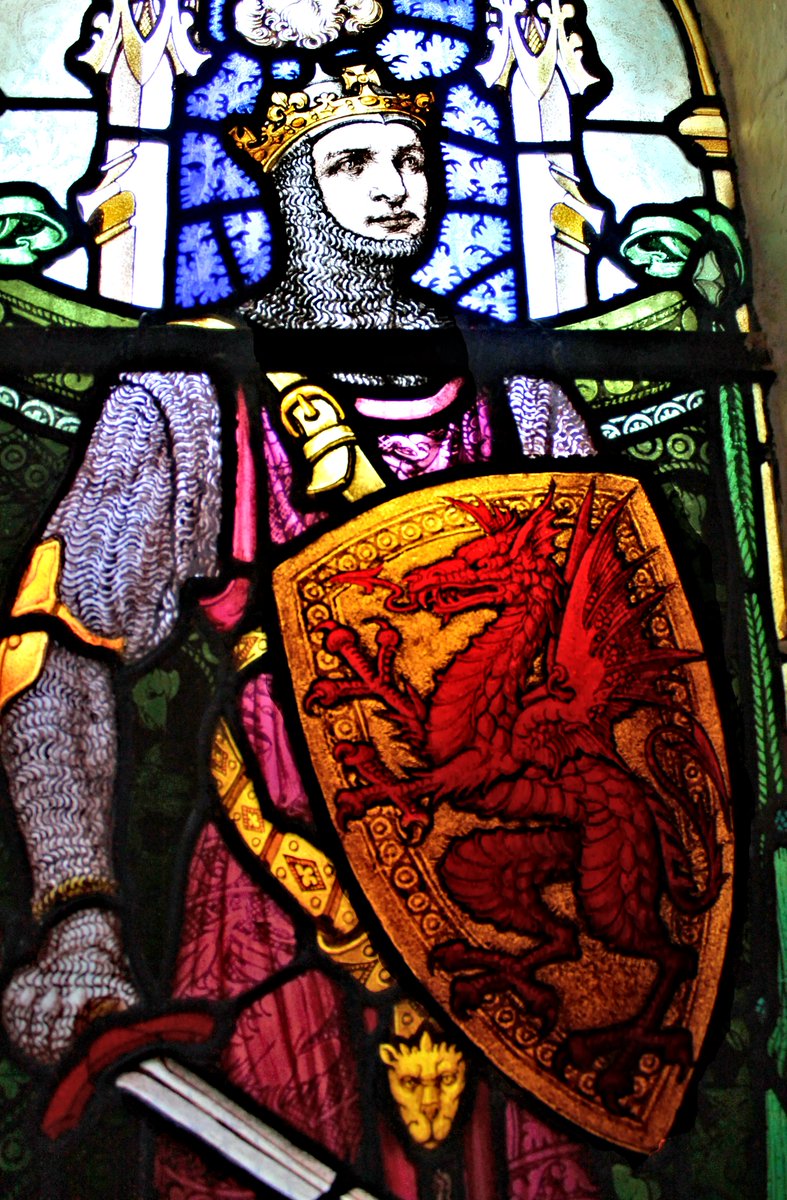 " title="In the 12th century, the Prince of Gwynedd finds his son& #39;s cradle upended, his faithful hound drenched in blood.Slaying the dog, a cry rings out – his baby is alive, hidden by the body of a fallen wolf.Llywelyn Fawr is overcome with remorse.He never smiles again.THREAD https://abs.twimg.com/emoji/v2/... draggable="false" alt="👇" title="Rückhand Zeigefinger nach unten" aria-label="Emoji: Rückhand Zeigefinger nach unten">">
" title="In the 12th century, the Prince of Gwynedd finds his son& #39;s cradle upended, his faithful hound drenched in blood.Slaying the dog, a cry rings out – his baby is alive, hidden by the body of a fallen wolf.Llywelyn Fawr is overcome with remorse.He never smiles again.THREAD https://abs.twimg.com/emoji/v2/... draggable="false" alt="👇" title="Rückhand Zeigefinger nach unten" aria-label="Emoji: Rückhand Zeigefinger nach unten">">
 " title="In the 12th century, the Prince of Gwynedd finds his son& #39;s cradle upended, his faithful hound drenched in blood.Slaying the dog, a cry rings out – his baby is alive, hidden by the body of a fallen wolf.Llywelyn Fawr is overcome with remorse.He never smiles again.THREAD https://abs.twimg.com/emoji/v2/... draggable="false" alt="👇" title="Rückhand Zeigefinger nach unten" aria-label="Emoji: Rückhand Zeigefinger nach unten">">
" title="In the 12th century, the Prince of Gwynedd finds his son& #39;s cradle upended, his faithful hound drenched in blood.Slaying the dog, a cry rings out – his baby is alive, hidden by the body of a fallen wolf.Llywelyn Fawr is overcome with remorse.He never smiles again.THREAD https://abs.twimg.com/emoji/v2/... draggable="false" alt="👇" title="Rückhand Zeigefinger nach unten" aria-label="Emoji: Rückhand Zeigefinger nach unten">">
 " title="In the 12th century, the Prince of Gwynedd finds his son& #39;s cradle upended, his faithful hound drenched in blood.Slaying the dog, a cry rings out – his baby is alive, hidden by the body of a fallen wolf.Llywelyn Fawr is overcome with remorse.He never smiles again.THREAD https://abs.twimg.com/emoji/v2/... draggable="false" alt="👇" title="Rückhand Zeigefinger nach unten" aria-label="Emoji: Rückhand Zeigefinger nach unten">">
" title="In the 12th century, the Prince of Gwynedd finds his son& #39;s cradle upended, his faithful hound drenched in blood.Slaying the dog, a cry rings out – his baby is alive, hidden by the body of a fallen wolf.Llywelyn Fawr is overcome with remorse.He never smiles again.THREAD https://abs.twimg.com/emoji/v2/... draggable="false" alt="👇" title="Rückhand Zeigefinger nach unten" aria-label="Emoji: Rückhand Zeigefinger nach unten">">
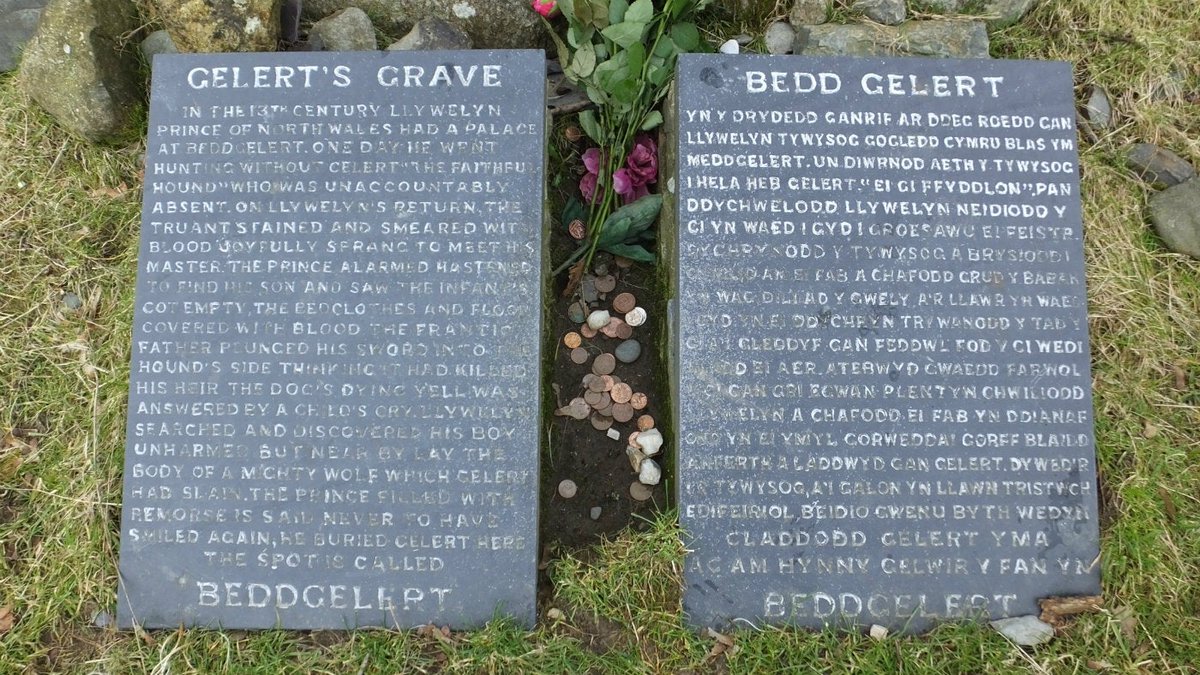 " title="In the 12th century, the Prince of Gwynedd finds his son& #39;s cradle upended, his faithful hound drenched in blood.Slaying the dog, a cry rings out – his baby is alive, hidden by the body of a fallen wolf.Llywelyn Fawr is overcome with remorse.He never smiles again.THREAD https://abs.twimg.com/emoji/v2/... draggable="false" alt="👇" title="Rückhand Zeigefinger nach unten" aria-label="Emoji: Rückhand Zeigefinger nach unten">">
" title="In the 12th century, the Prince of Gwynedd finds his son& #39;s cradle upended, his faithful hound drenched in blood.Slaying the dog, a cry rings out – his baby is alive, hidden by the body of a fallen wolf.Llywelyn Fawr is overcome with remorse.He never smiles again.THREAD https://abs.twimg.com/emoji/v2/... draggable="false" alt="👇" title="Rückhand Zeigefinger nach unten" aria-label="Emoji: Rückhand Zeigefinger nach unten">">
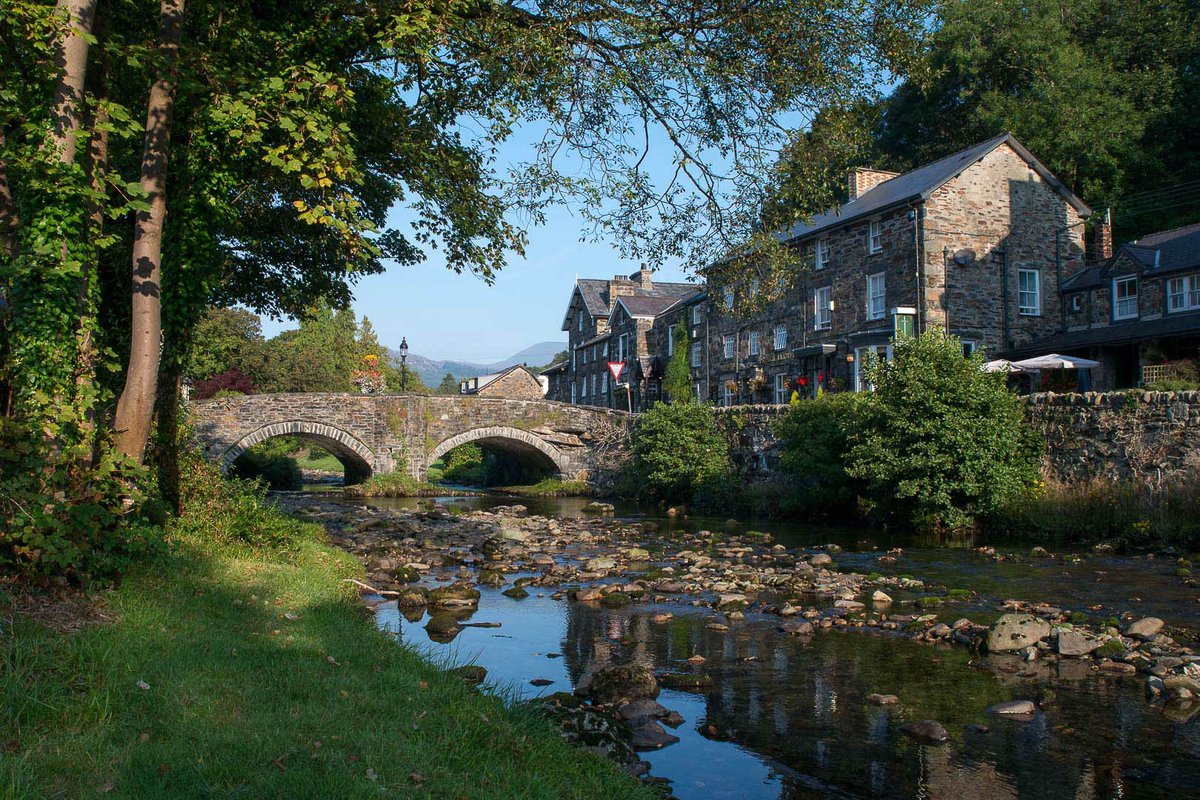
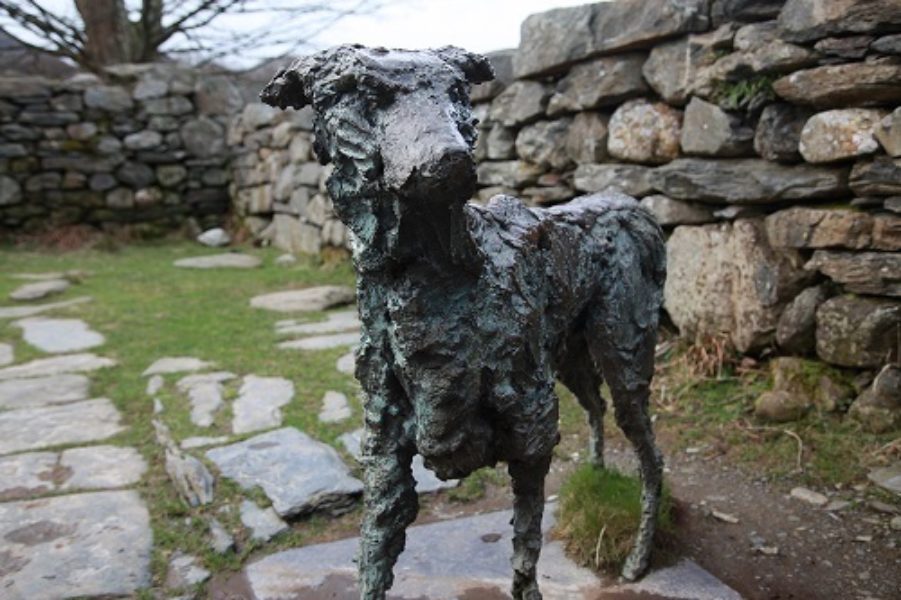
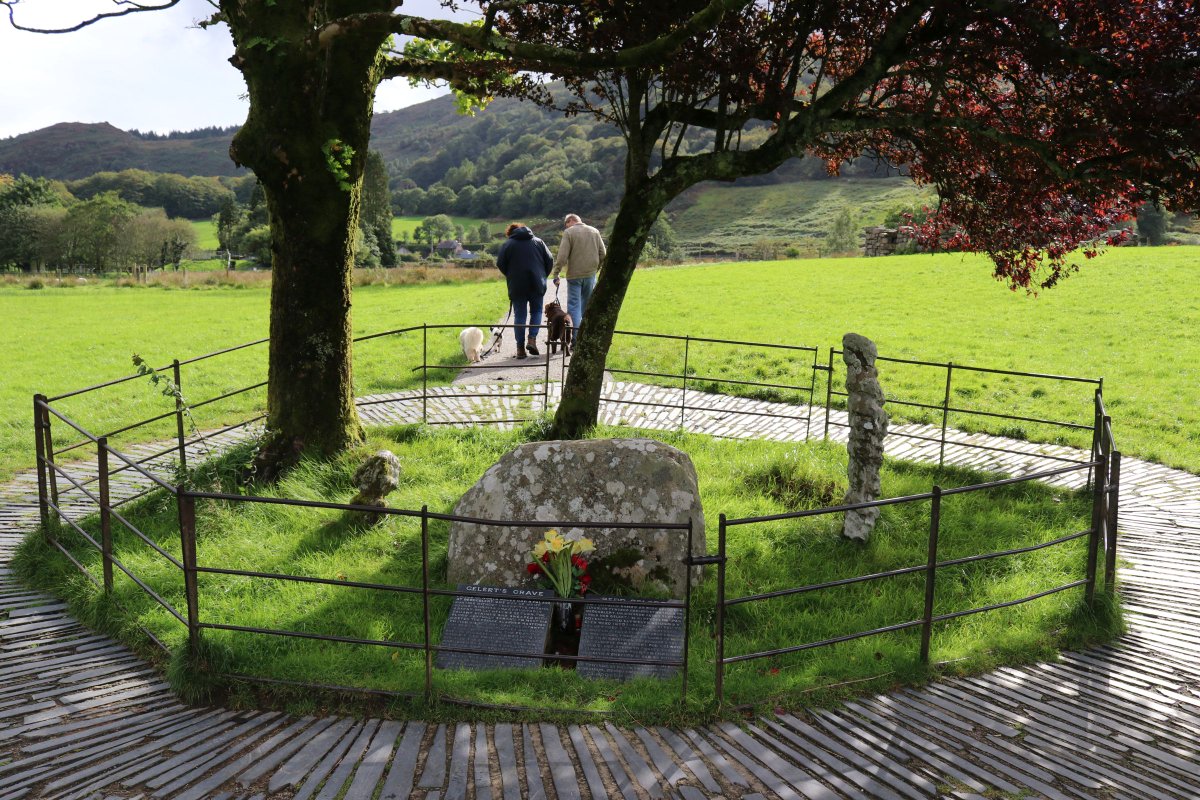
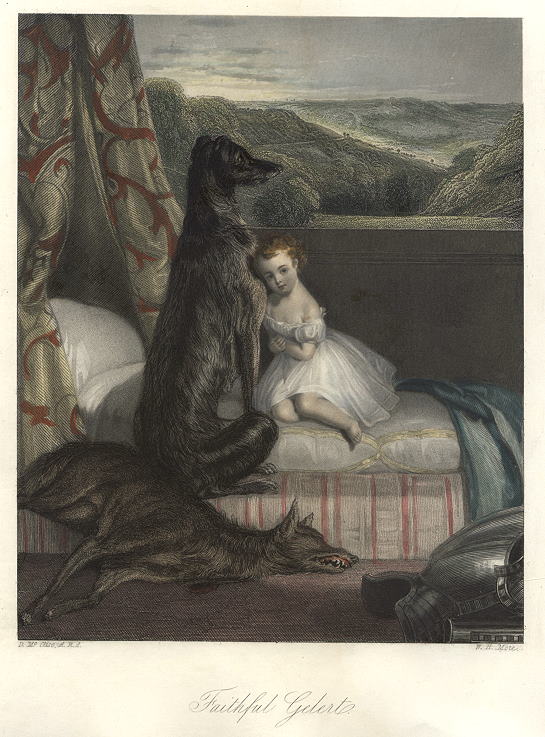
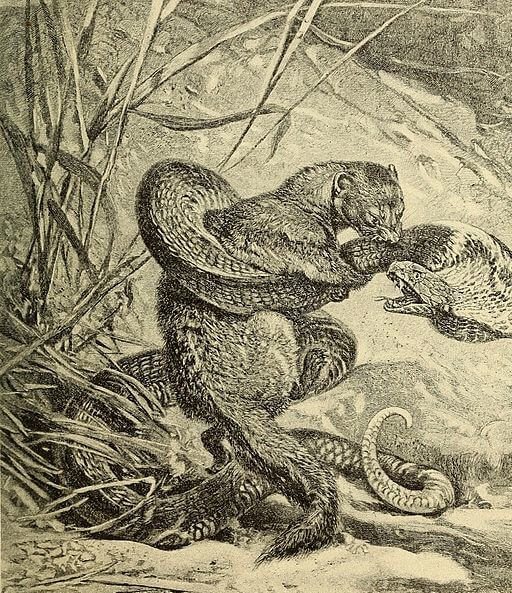 India:• Gelert = Mongoose• Wolf = Cobra https://abs.twimg.com/emoji/v2/... draggable="false" alt="🇮🇹" title="Flagge von Italien" aria-label="Emoji: Flagge von Italien"> Liguria:• Llywelyn = Shepherd• Gelert = Sheepdog https://abs.twimg.com/emoji/v2/... draggable="false" alt="🇲🇾" title="Flagge von Malaysia" aria-label="Emoji: Flagge von Malaysia"> Malaysia: • Gelert = Bear• Wolf = Tiger https://abs.twimg.com/emoji/v2/... draggable="false" alt="🇫🇷" title="Flagge von Frankreich" aria-label="Emoji: Flagge von Frankreich"> Lyon:• Gelert = Saint Guinefort • Wolf = Viper" title="However, variants of the tale appears in numerous cultures:https://abs.twimg.com/emoji/v2/... draggable="false" alt="🇮🇳" title="Flagge von Indien" aria-label="Emoji: Flagge von Indien"> India:• Gelert = Mongoose• Wolf = Cobra https://abs.twimg.com/emoji/v2/... draggable="false" alt="🇮🇹" title="Flagge von Italien" aria-label="Emoji: Flagge von Italien"> Liguria:• Llywelyn = Shepherd• Gelert = Sheepdog https://abs.twimg.com/emoji/v2/... draggable="false" alt="🇲🇾" title="Flagge von Malaysia" aria-label="Emoji: Flagge von Malaysia"> Malaysia: • Gelert = Bear• Wolf = Tiger https://abs.twimg.com/emoji/v2/... draggable="false" alt="🇫🇷" title="Flagge von Frankreich" aria-label="Emoji: Flagge von Frankreich"> Lyon:• Gelert = Saint Guinefort • Wolf = Viper">
India:• Gelert = Mongoose• Wolf = Cobra https://abs.twimg.com/emoji/v2/... draggable="false" alt="🇮🇹" title="Flagge von Italien" aria-label="Emoji: Flagge von Italien"> Liguria:• Llywelyn = Shepherd• Gelert = Sheepdog https://abs.twimg.com/emoji/v2/... draggable="false" alt="🇲🇾" title="Flagge von Malaysia" aria-label="Emoji: Flagge von Malaysia"> Malaysia: • Gelert = Bear• Wolf = Tiger https://abs.twimg.com/emoji/v2/... draggable="false" alt="🇫🇷" title="Flagge von Frankreich" aria-label="Emoji: Flagge von Frankreich"> Lyon:• Gelert = Saint Guinefort • Wolf = Viper" title="However, variants of the tale appears in numerous cultures:https://abs.twimg.com/emoji/v2/... draggable="false" alt="🇮🇳" title="Flagge von Indien" aria-label="Emoji: Flagge von Indien"> India:• Gelert = Mongoose• Wolf = Cobra https://abs.twimg.com/emoji/v2/... draggable="false" alt="🇮🇹" title="Flagge von Italien" aria-label="Emoji: Flagge von Italien"> Liguria:• Llywelyn = Shepherd• Gelert = Sheepdog https://abs.twimg.com/emoji/v2/... draggable="false" alt="🇲🇾" title="Flagge von Malaysia" aria-label="Emoji: Flagge von Malaysia"> Malaysia: • Gelert = Bear• Wolf = Tiger https://abs.twimg.com/emoji/v2/... draggable="false" alt="🇫🇷" title="Flagge von Frankreich" aria-label="Emoji: Flagge von Frankreich"> Lyon:• Gelert = Saint Guinefort • Wolf = Viper">
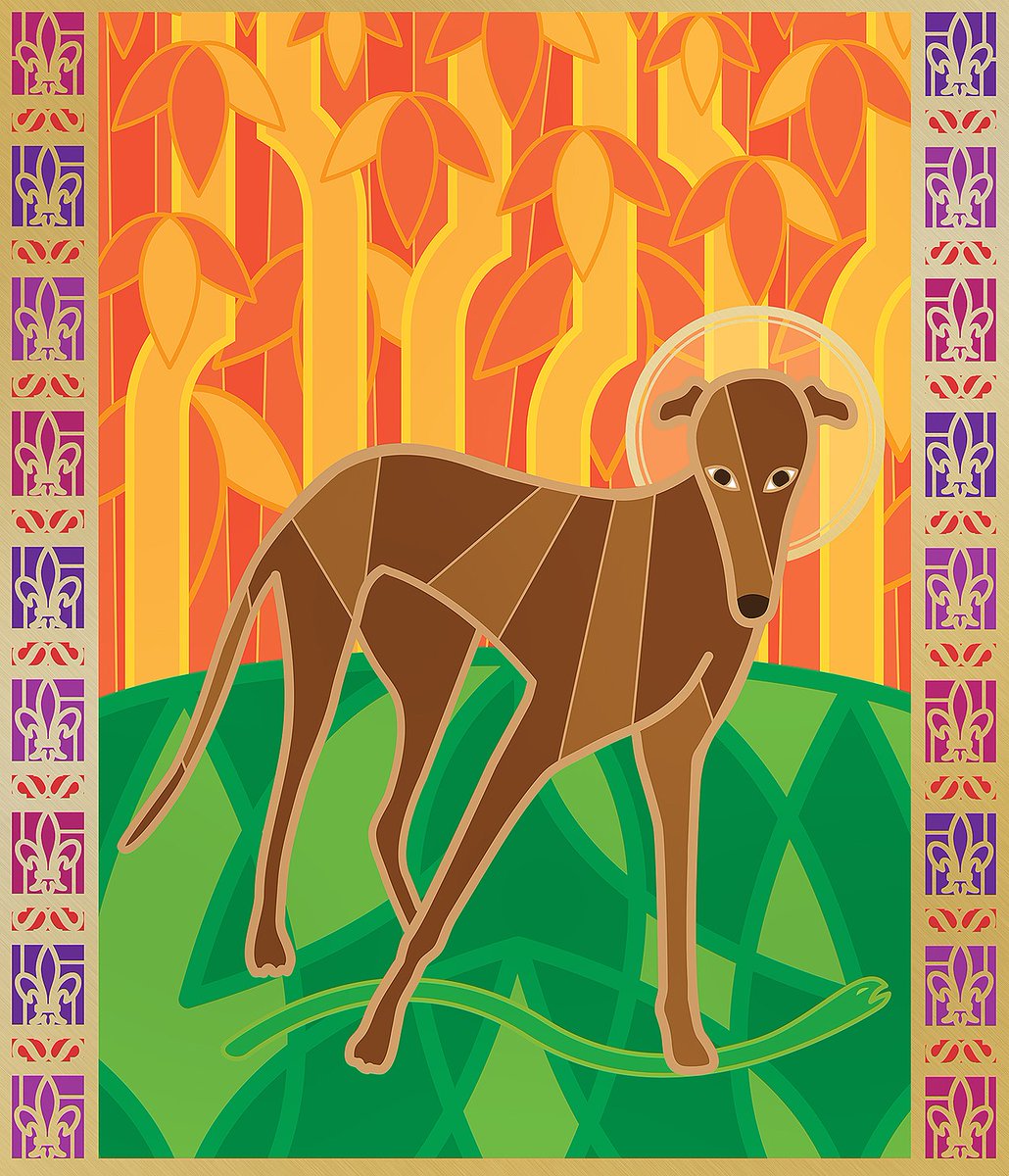 India:• Gelert = Mongoose• Wolf = Cobra https://abs.twimg.com/emoji/v2/... draggable="false" alt="🇮🇹" title="Flagge von Italien" aria-label="Emoji: Flagge von Italien"> Liguria:• Llywelyn = Shepherd• Gelert = Sheepdog https://abs.twimg.com/emoji/v2/... draggable="false" alt="🇲🇾" title="Flagge von Malaysia" aria-label="Emoji: Flagge von Malaysia"> Malaysia: • Gelert = Bear• Wolf = Tiger https://abs.twimg.com/emoji/v2/... draggable="false" alt="🇫🇷" title="Flagge von Frankreich" aria-label="Emoji: Flagge von Frankreich"> Lyon:• Gelert = Saint Guinefort • Wolf = Viper" title="However, variants of the tale appears in numerous cultures:https://abs.twimg.com/emoji/v2/... draggable="false" alt="🇮🇳" title="Flagge von Indien" aria-label="Emoji: Flagge von Indien"> India:• Gelert = Mongoose• Wolf = Cobra https://abs.twimg.com/emoji/v2/... draggable="false" alt="🇮🇹" title="Flagge von Italien" aria-label="Emoji: Flagge von Italien"> Liguria:• Llywelyn = Shepherd• Gelert = Sheepdog https://abs.twimg.com/emoji/v2/... draggable="false" alt="🇲🇾" title="Flagge von Malaysia" aria-label="Emoji: Flagge von Malaysia"> Malaysia: • Gelert = Bear• Wolf = Tiger https://abs.twimg.com/emoji/v2/... draggable="false" alt="🇫🇷" title="Flagge von Frankreich" aria-label="Emoji: Flagge von Frankreich"> Lyon:• Gelert = Saint Guinefort • Wolf = Viper">
India:• Gelert = Mongoose• Wolf = Cobra https://abs.twimg.com/emoji/v2/... draggable="false" alt="🇮🇹" title="Flagge von Italien" aria-label="Emoji: Flagge von Italien"> Liguria:• Llywelyn = Shepherd• Gelert = Sheepdog https://abs.twimg.com/emoji/v2/... draggable="false" alt="🇲🇾" title="Flagge von Malaysia" aria-label="Emoji: Flagge von Malaysia"> Malaysia: • Gelert = Bear• Wolf = Tiger https://abs.twimg.com/emoji/v2/... draggable="false" alt="🇫🇷" title="Flagge von Frankreich" aria-label="Emoji: Flagge von Frankreich"> Lyon:• Gelert = Saint Guinefort • Wolf = Viper" title="However, variants of the tale appears in numerous cultures:https://abs.twimg.com/emoji/v2/... draggable="false" alt="🇮🇳" title="Flagge von Indien" aria-label="Emoji: Flagge von Indien"> India:• Gelert = Mongoose• Wolf = Cobra https://abs.twimg.com/emoji/v2/... draggable="false" alt="🇮🇹" title="Flagge von Italien" aria-label="Emoji: Flagge von Italien"> Liguria:• Llywelyn = Shepherd• Gelert = Sheepdog https://abs.twimg.com/emoji/v2/... draggable="false" alt="🇲🇾" title="Flagge von Malaysia" aria-label="Emoji: Flagge von Malaysia"> Malaysia: • Gelert = Bear• Wolf = Tiger https://abs.twimg.com/emoji/v2/... draggable="false" alt="🇫🇷" title="Flagge von Frankreich" aria-label="Emoji: Flagge von Frankreich"> Lyon:• Gelert = Saint Guinefort • Wolf = Viper">
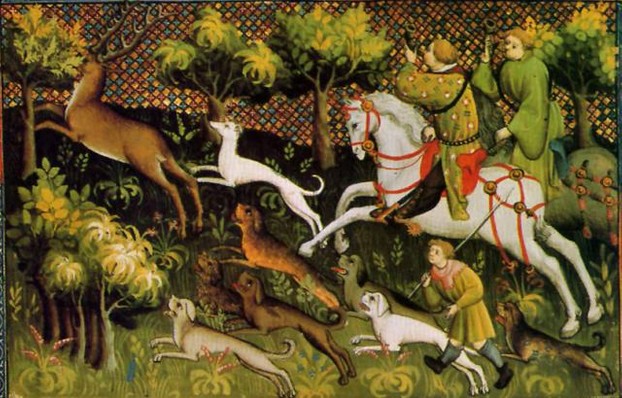

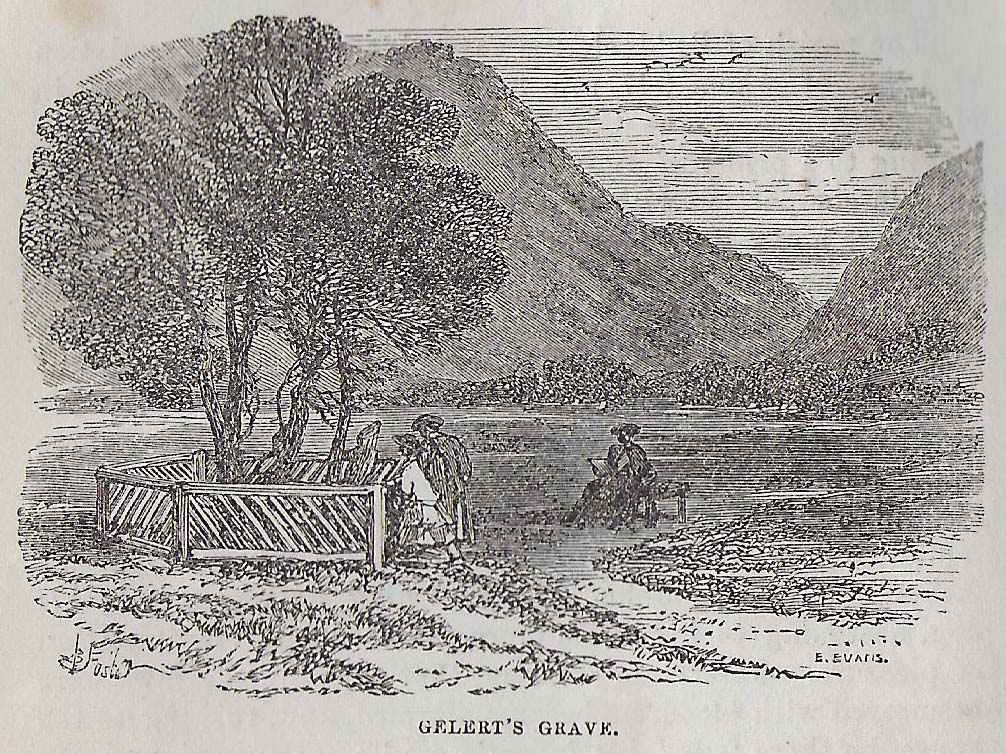
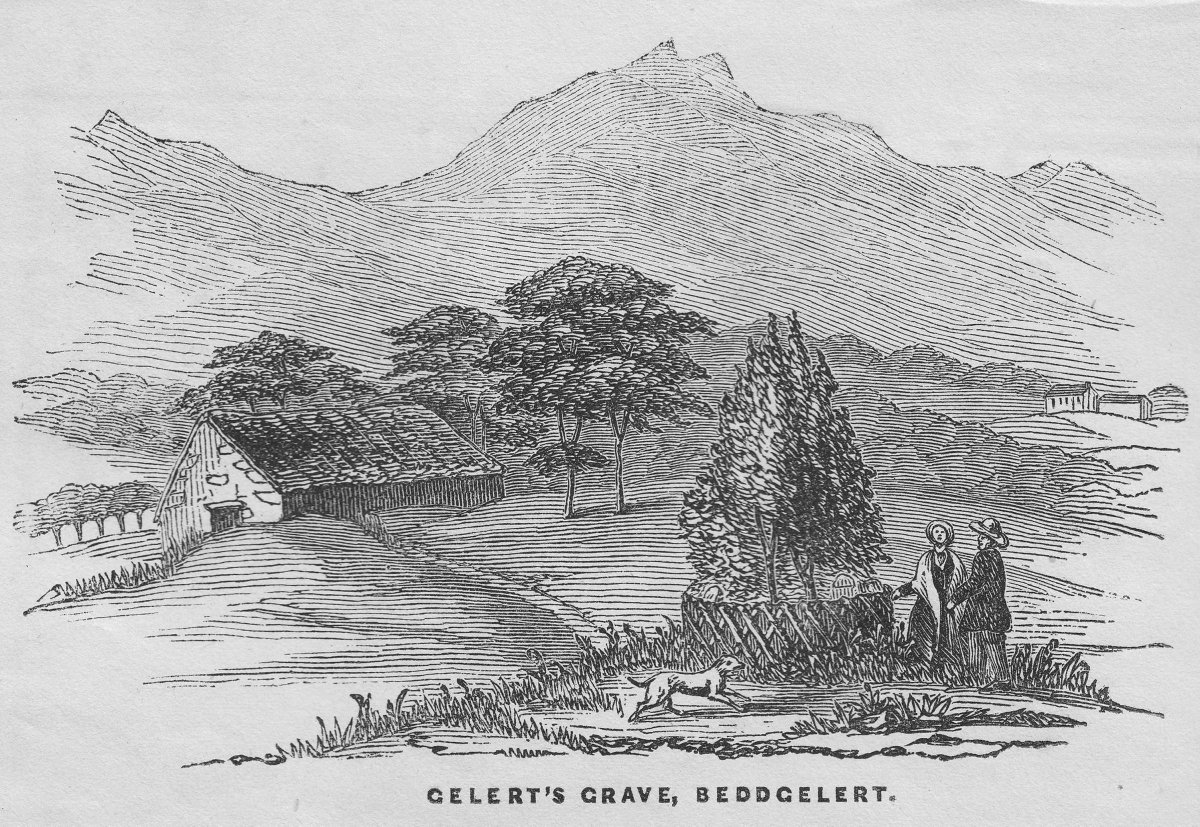
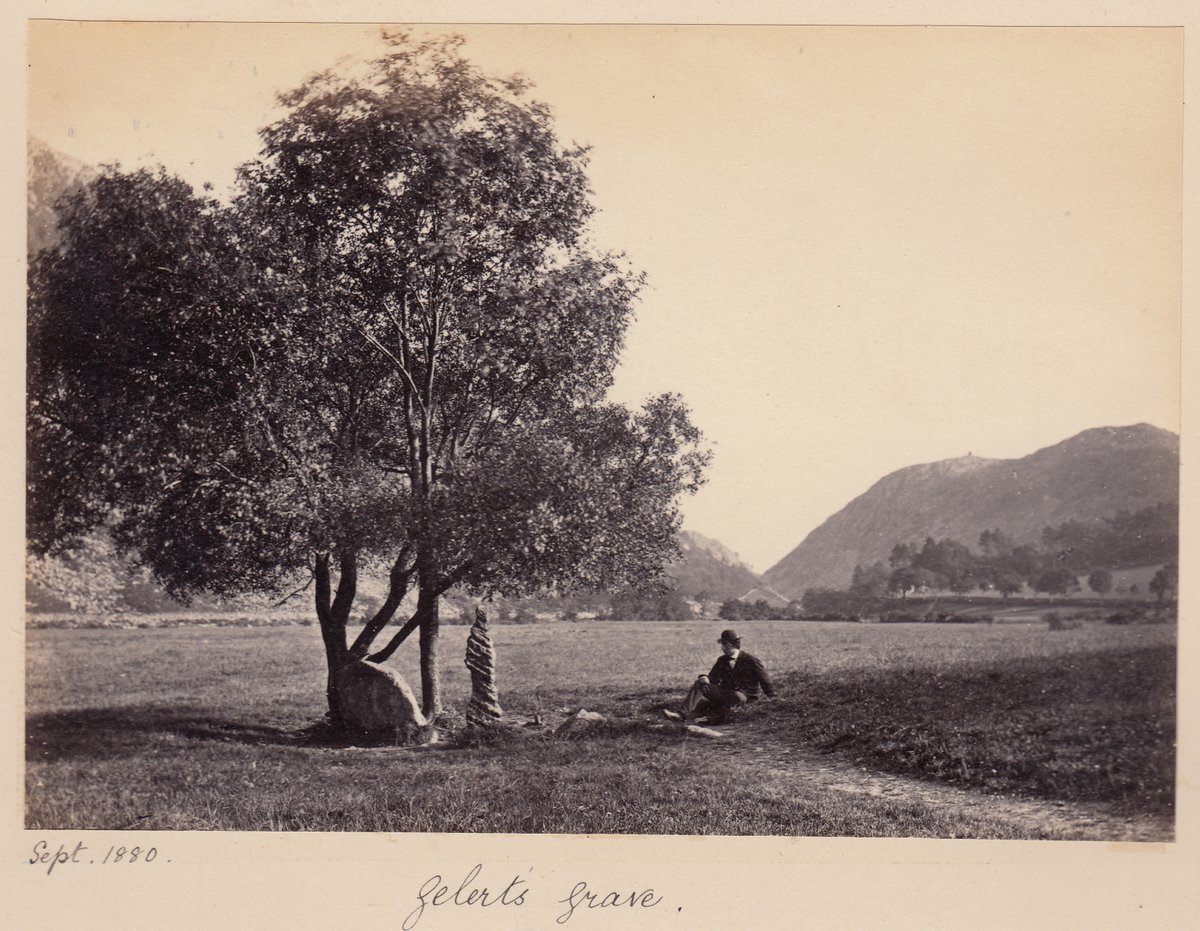
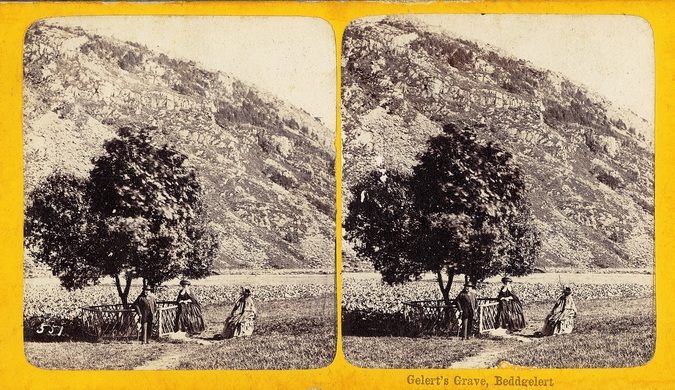
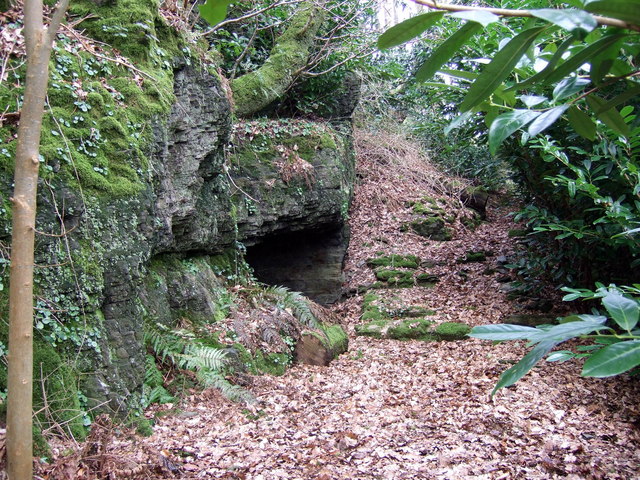

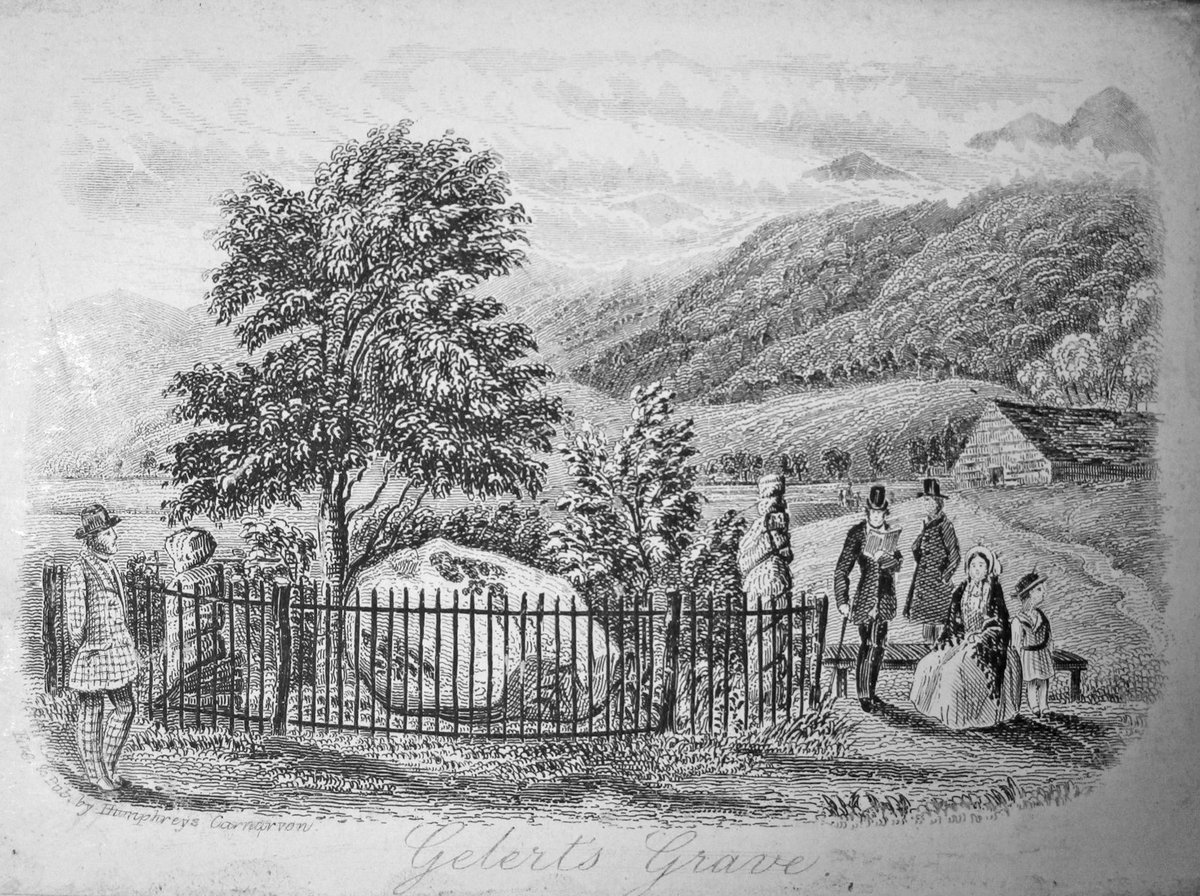 https://abs.twimg.com/emoji/v2/... draggable="false" alt="🐕" title="Hund" aria-label="Emoji: Hund"> https://www.bbc.co.uk/blogs/wal... class="Emoji" style="height:16px;" src=" " title="But the truth will never be as romantic or live as long in the memory as the fable of Wales& #39; most revered hound, who was faithful unto death. More https://abs.twimg.com/emoji/v2/... draggable="false" alt="👉" title="Rückhand Zeigefinger nach rechts" aria-label="Emoji: Rückhand Zeigefinger nach rechts"> https://abs.twimg.com/emoji/v2/... draggable="false" alt="🐕" title="Hund" aria-label="Emoji: Hund"> https://www.bbc.co.uk/blogs/wal... class="Emoji" style="height:16px;" src=" ">
https://abs.twimg.com/emoji/v2/... draggable="false" alt="🐕" title="Hund" aria-label="Emoji: Hund"> https://www.bbc.co.uk/blogs/wal... class="Emoji" style="height:16px;" src=" " title="But the truth will never be as romantic or live as long in the memory as the fable of Wales& #39; most revered hound, who was faithful unto death. More https://abs.twimg.com/emoji/v2/... draggable="false" alt="👉" title="Rückhand Zeigefinger nach rechts" aria-label="Emoji: Rückhand Zeigefinger nach rechts"> https://abs.twimg.com/emoji/v2/... draggable="false" alt="🐕" title="Hund" aria-label="Emoji: Hund"> https://www.bbc.co.uk/blogs/wal... class="Emoji" style="height:16px;" src=" ">
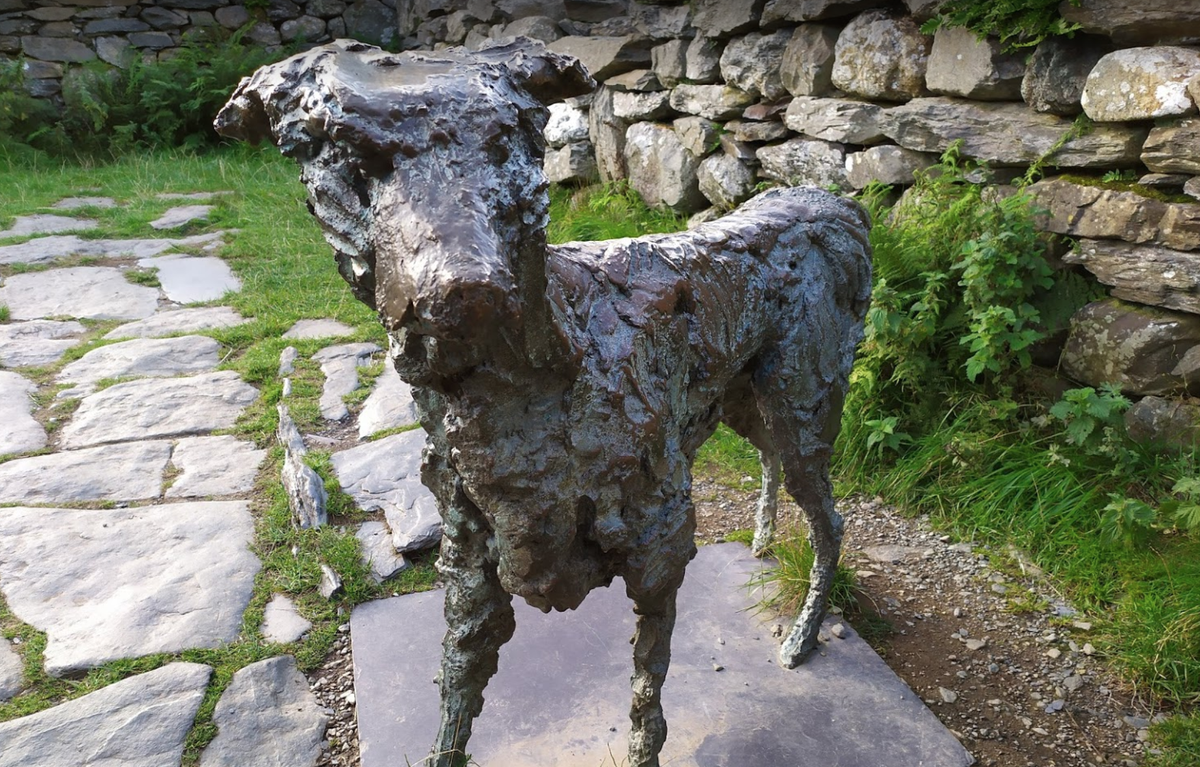 https://abs.twimg.com/emoji/v2/... draggable="false" alt="🐕" title="Hund" aria-label="Emoji: Hund"> https://www.bbc.co.uk/blogs/wal... class="Emoji" style="height:16px;" src=" " title="But the truth will never be as romantic or live as long in the memory as the fable of Wales& #39; most revered hound, who was faithful unto death. More https://abs.twimg.com/emoji/v2/... draggable="false" alt="👉" title="Rückhand Zeigefinger nach rechts" aria-label="Emoji: Rückhand Zeigefinger nach rechts"> https://abs.twimg.com/emoji/v2/... draggable="false" alt="🐕" title="Hund" aria-label="Emoji: Hund"> https://www.bbc.co.uk/blogs/wal... class="Emoji" style="height:16px;" src=" ">
https://abs.twimg.com/emoji/v2/... draggable="false" alt="🐕" title="Hund" aria-label="Emoji: Hund"> https://www.bbc.co.uk/blogs/wal... class="Emoji" style="height:16px;" src=" " title="But the truth will never be as romantic or live as long in the memory as the fable of Wales& #39; most revered hound, who was faithful unto death. More https://abs.twimg.com/emoji/v2/... draggable="false" alt="👉" title="Rückhand Zeigefinger nach rechts" aria-label="Emoji: Rückhand Zeigefinger nach rechts"> https://abs.twimg.com/emoji/v2/... draggable="false" alt="🐕" title="Hund" aria-label="Emoji: Hund"> https://www.bbc.co.uk/blogs/wal... class="Emoji" style="height:16px;" src=" ">
 https://abs.twimg.com/emoji/v2/... draggable="false" alt="🐕" title="Hund" aria-label="Emoji: Hund"> https://www.bbc.co.uk/blogs/wal... class="Emoji" style="height:16px;" src=" " title="But the truth will never be as romantic or live as long in the memory as the fable of Wales& #39; most revered hound, who was faithful unto death. More https://abs.twimg.com/emoji/v2/... draggable="false" alt="👉" title="Rückhand Zeigefinger nach rechts" aria-label="Emoji: Rückhand Zeigefinger nach rechts"> https://abs.twimg.com/emoji/v2/... draggable="false" alt="🐕" title="Hund" aria-label="Emoji: Hund"> https://www.bbc.co.uk/blogs/wal... class="Emoji" style="height:16px;" src=" ">
https://abs.twimg.com/emoji/v2/... draggable="false" alt="🐕" title="Hund" aria-label="Emoji: Hund"> https://www.bbc.co.uk/blogs/wal... class="Emoji" style="height:16px;" src=" " title="But the truth will never be as romantic or live as long in the memory as the fable of Wales& #39; most revered hound, who was faithful unto death. More https://abs.twimg.com/emoji/v2/... draggable="false" alt="👉" title="Rückhand Zeigefinger nach rechts" aria-label="Emoji: Rückhand Zeigefinger nach rechts"> https://abs.twimg.com/emoji/v2/... draggable="false" alt="🐕" title="Hund" aria-label="Emoji: Hund"> https://www.bbc.co.uk/blogs/wal... class="Emoji" style="height:16px;" src=" ">
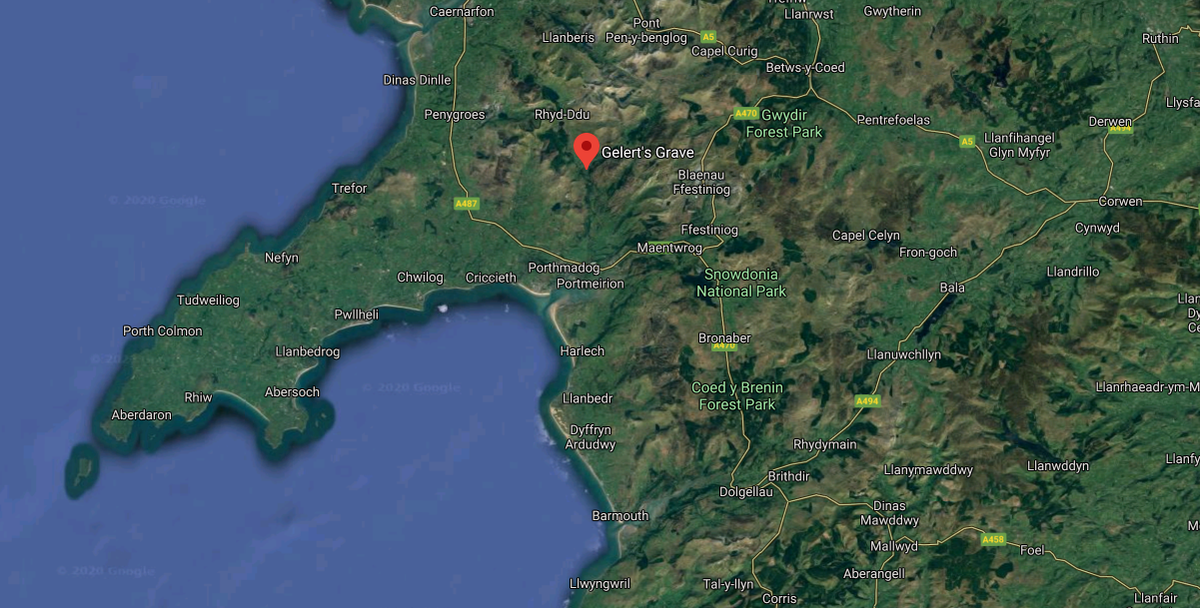 https://abs.twimg.com/emoji/v2/... draggable="false" alt="🐕" title="Hund" aria-label="Emoji: Hund"> https://www.bbc.co.uk/blogs/wal... class="Emoji" style="height:16px;" src=" " title="But the truth will never be as romantic or live as long in the memory as the fable of Wales& #39; most revered hound, who was faithful unto death. More https://abs.twimg.com/emoji/v2/... draggable="false" alt="👉" title="Rückhand Zeigefinger nach rechts" aria-label="Emoji: Rückhand Zeigefinger nach rechts"> https://abs.twimg.com/emoji/v2/... draggable="false" alt="🐕" title="Hund" aria-label="Emoji: Hund"> https://www.bbc.co.uk/blogs/wal... class="Emoji" style="height:16px;" src=" ">
https://abs.twimg.com/emoji/v2/... draggable="false" alt="🐕" title="Hund" aria-label="Emoji: Hund"> https://www.bbc.co.uk/blogs/wal... class="Emoji" style="height:16px;" src=" " title="But the truth will never be as romantic or live as long in the memory as the fable of Wales& #39; most revered hound, who was faithful unto death. More https://abs.twimg.com/emoji/v2/... draggable="false" alt="👉" title="Rückhand Zeigefinger nach rechts" aria-label="Emoji: Rückhand Zeigefinger nach rechts"> https://abs.twimg.com/emoji/v2/... draggable="false" alt="🐕" title="Hund" aria-label="Emoji: Hund"> https://www.bbc.co.uk/blogs/wal... class="Emoji" style="height:16px;" src=" ">


